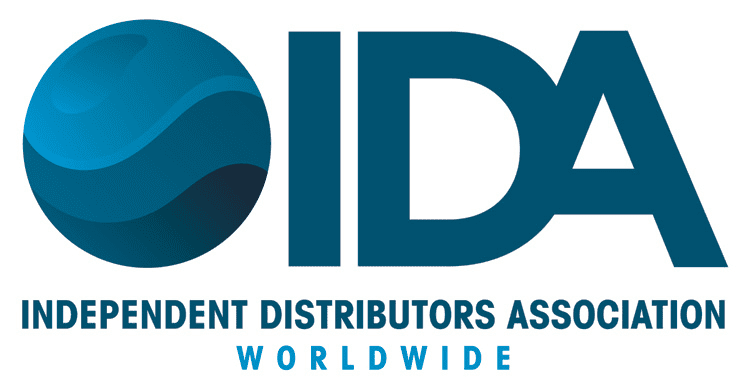North American Heavy Equipment Exports Up 6% Year-over-Year—What This Means for Distributors
Heavy equipment exports from North America are on the rise, showing a 6% year-over-year increase according to recent trade data. This growth signals renewed global demand across construction, mining, agriculture, and infrastructure sectors. For independent distributors in the heavy equipment aftermarket, this uptick is more than just a positive economic indicator—it presents a clear opportunity to expand reach and strengthen international partnerships.
What’s Driving the Increase?
Several factors are contributing to this sustained growth in exports:
Infrastructure development in emerging markets is fueling demand for reliable, durable equipment, much of which originates from North American manufacturers.
Fleet modernization efforts across the globe are encouraging buyers to replace aging machinery, often turning to trusted brands exported from the U.S. and Canada.
Supply chain improvements have made it easier for exporters to meet demand after several years of delays and disruptions.
Together, these factors are creating a strong pull for North American equipment, positioning the region as a continued leader in global machinery supply.
Implications for Aftermarket Distributors
As more equipment enters international markets, the aftermarket parts industry stands to benefit—if it’s prepared. Here are a few key takeaways for distributors:
Preparing for Global Growth
To remain competitive in a more globalized market, distributors should consider enhancing their international logistics capabilities, monitoring trade policies that affect shipping and tariffs, and building stronger relationships with freight partners and customs brokers.
Additionally, staying informed on regional trends can help identify where future demand may emerge. For instance, large-scale infrastructure projects in Latin America, Africa, and Southeast Asia may create new business channels for parts and service support.
Final Thoughts
The 6% increase in North American heavy equipment exports is more than a headline—it’s a directional signal for the entire supply chain. Distributors that align with this global momentum, anticipate parts needs, and strengthen their international presence will be well-positioned to grow alongside the market.
Now is the time to assess whether your distribution strategy is optimized not just for domestic demand, but for the growing international stage.


